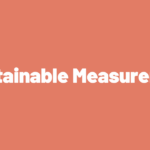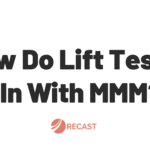In the context of marketing analytics in general and marketing mix modeling in particular I often encounter confusion about the difference between the length of a consideration period for a purchase and the length of time we expect an advertisement to have an impact.
These concepts are very similar, but in practice they have very different meanings. Here are some definitions to start:
Consideration period: This is the total amount of time a customer might be considering a purchase. For some durable goods (like cars) this could be a multi-year window.
Advertising effect length: This is the amount of time we expect a single advertising exposure (or “impression”) to have an impact on the likelihood of making a purchase.
For small-ticket impulse purchases like buying a pair of exotically patterned socks off of Instagram, these might be the same: I didn’t know I needed lobster-print socks until I saw the ad and then made the purchase the next day.
However, for purchases with longer consideration periods these values might not actually be the same. Do you really think that buying a new car today is dramatically impacted by a TV ad I saw 6 months ago and don’t even remember?
When car companies serve ads, they have two impacts:
- Type one: Influence the purchase of people who are in-market right now and try to make sure that if they’re going to visit some dealerships this weekend that they visit theirs.
- Type two: Build longer term “mental availability” or “brand awareness” for the unique aspects of their potential brand.
The impact of advertising on type one has a fairly short time window: probably measured in terms of weeks or months. These impacts can be measured with experiments or with media mix models in a relatively straightforward way.
The impact of advertising on type two has a much longer effect but that effect goes beyond even the “consideration period” and potentially can last a full lifetime and should be measured with wide-population survey work since it’s generally not possible to measure these effects with experiments or media mix models.
Memories are short and the impact of individual advertisements tend to fade away quite quickly. In general, I believe that just seeing an ad and taking no further action will have a fairly short window of effect on purchase probability no matter how long the “consideration period” for a purchase.
The consideration period is a useful piece of information for understanding a buyer’s journey but it shouldn’t be confused with the length of time that we expect an advertisement might have on a customer’s likelihood of purchasing. Those are two very separate concepts and need to be treated differently when you are thinking through your marketing measurement strategy.



